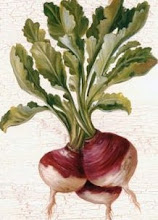 The English name derives from the Anglo-Saxon for "Goose Hawk". The scientific name was given during the middle ages when only noblemen were allowed to fly them. "Accipiter" is Latin for hawk & "gentiles" is Latin for noble, so the scientific name means "Noble Hawk".
The English name derives from the Anglo-Saxon for "Goose Hawk". The scientific name was given during the middle ages when only noblemen were allowed to fly them. "Accipiter" is Latin for hawk & "gentiles" is Latin for noble, so the scientific name means "Noble Hawk".Goshawks are widely distributed throughout the northern hemisphere, in Europe, Russia, North America & Canada. They are strictly woodland birds. Once primarily living in deciduous forests, they are now adapting to the extensive man-made conifer plantations, where game-breeding is rare. The population both in the UK & the US appears to be on the decline. In the US they are classified as a "Species Of Federal Concern".
The Northern Goshawk is the largest of the "True Hawks". The Goshawk became extinct in this country in the late 19th century, due to illegal killing & habitat loss. Goshawks were unofficially reintroduced into the country from 1950's by falconers, both as escapees & deliberate releases, it is believed over 250 birds were released into the wild during the 1970's. The estimated UK population in 1996 was 400-450 pairs. The main risk to Goshawks is still illegal killing, often to protect game birds, so that rich people can shoot them. Despite the belief that Goshawks have a significant effect on game bird populations, studies have shown that they will take pigeons & other birds in preference & actually kill very few game birds. The Goshawk is a species protected by special penalties in the UK, if kept in captivity, it must be ringed & registered. TheTamshee says: click here to continue following the history of the Goshawk on this very informative site


0 comments:
Post a Comment